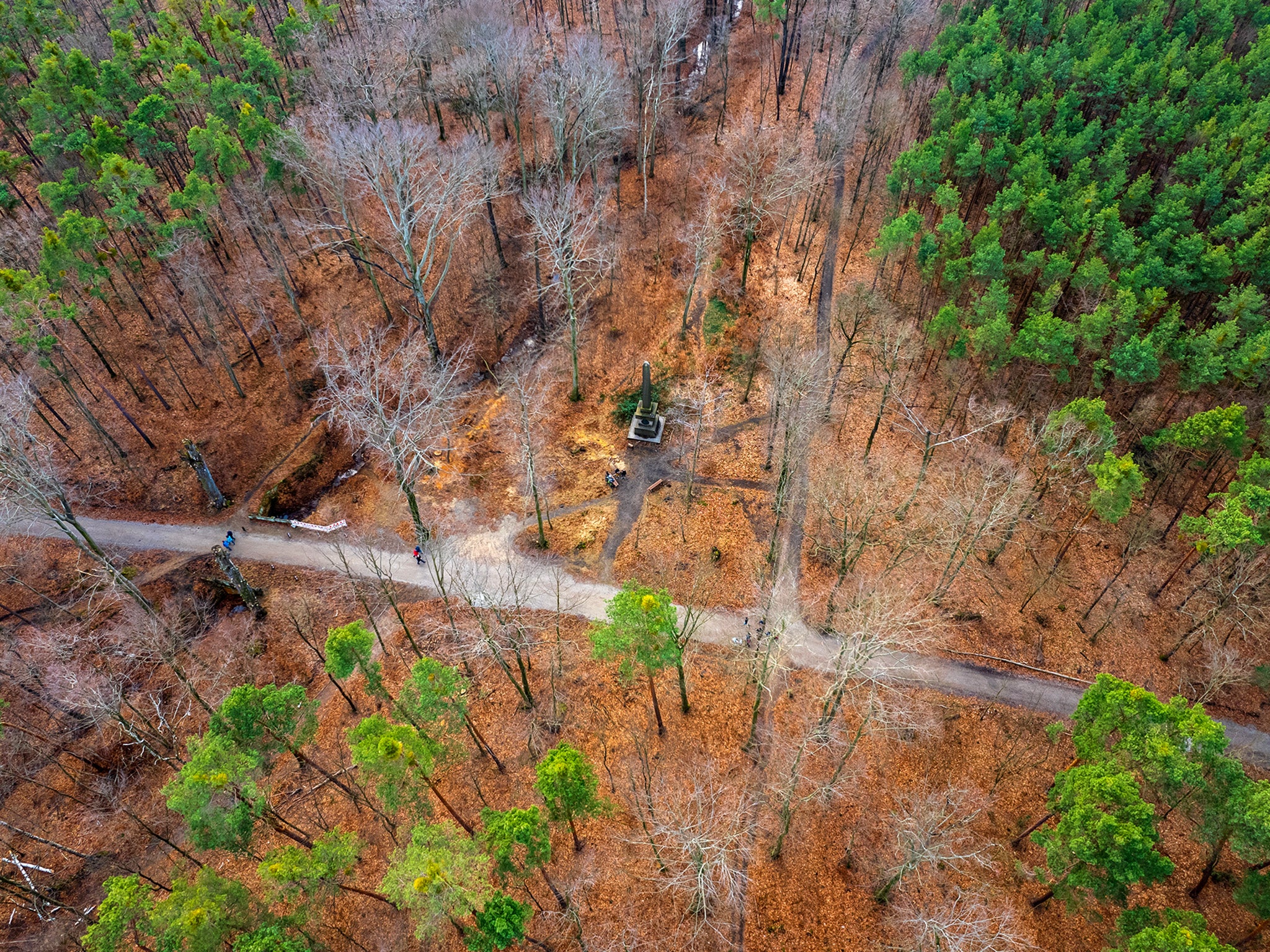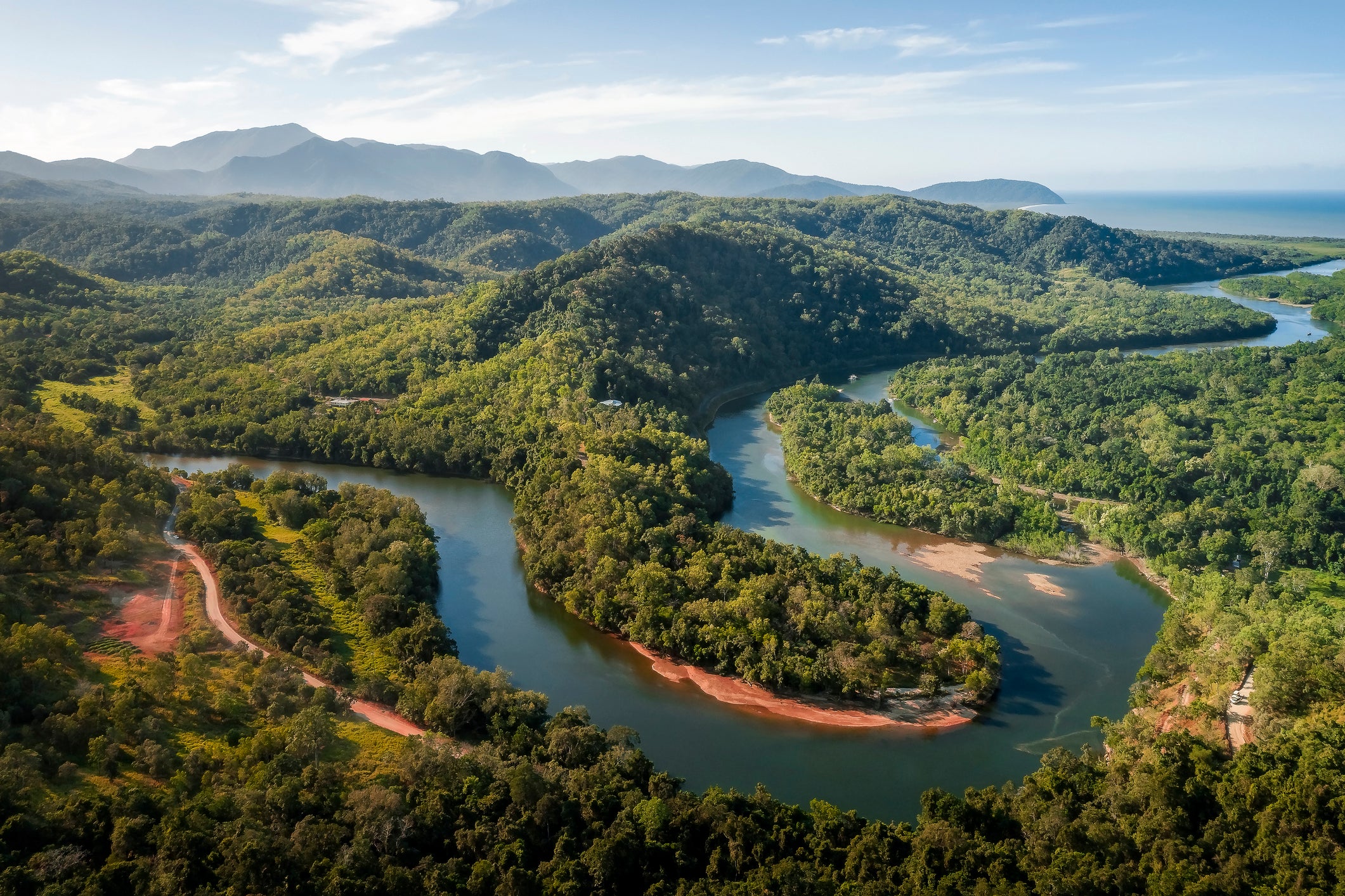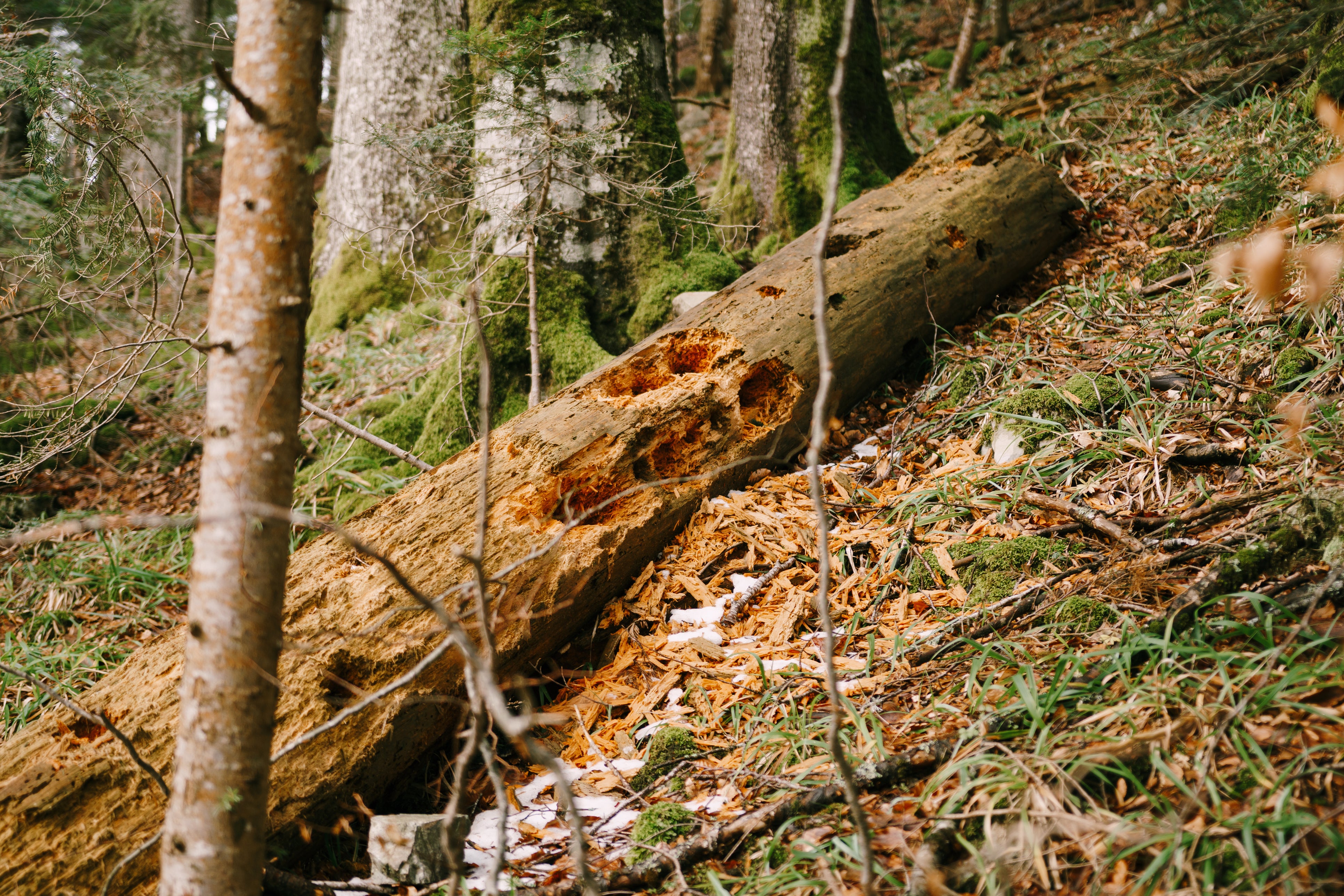Rainforest trees ‘dying twice as fast as four decades ago’
Findings suggest greenhouse gases are being released at converse rate, say researcher

Rainforest trees are dying twice as fast as 40 years ago, according to new research.
Scientists found life expectancy had halved for dozens of species in the wet tropics of North Queensland – a world heritage site running 280 miles along the northeast coast of Australia.
A similar drop in lifespan was observed in the Amazon and the rainforests of Indonesia, Malaysia and Papua New Guinea.
Collectively the world’s rainforests absorb around 12 per cent of human CO2 emissions and the rising mortality of their trees is linked to climate change in what scientists warn is a vanishing spiral.
The trees suffer as global warming makes the atmosphere drier and increases the rate of lethal extreme weather events such as cyclones.
The climate suffers as dead trees cannot perform their vital role of removing greenhouse gases from the air, instead releasing methane as they rot.
Tree mortality is a more pressing concern as conditions on earth become less hospitable to life. The latest study – a joint effort by scientists at Oxford, the Smithsonian Environmental Research Centre and James Cook University, Queensland – suggests a catastrophic trend.

The researchers came to their conclusion by tracking 74,135 trees from 81 different species on two dozen forest plots and identifying mortality patterns over half a century.
They found the annual mortality rate doubled on average across all sites and species between 1984 and 2019. Trees in drier locations were most prone.
Dr David Bauman, lead author and an ecologist at Oxford University, said: “It was a shock to detect such a marked increase in tree mortality, let alone a trend consistent across the diversity of species and sites we studied.
“A sustained doubling of mortality risk would imply the carbon stored in trees returns twice as fast to the atmosphere.”
The study adds to evidence that climate change modelling overestimates the benefits of forests in sustaining the atmosphere as trees will die off sooner and sooner year by year.
The effectiveness of state plans to plant millions upon millions of trees has recently come into question.
Research has also found that trees in forests around the world are younger and shorter than they used to be due to climate change and human felling on a mass scale.

The latest study found that the loss of biomass in past decades has not been offset by gains from growth and new trees – implying the shorter lifespan has translated into a net decrease in the potential of these forests to offset carbon emissions.
Dr Sean McMahon, senior author from the Smithsonian Environmental Research Centre, Maryland, said: “Many decades of data are needed to detect long-term changes in long-lived organisms, and the signal of a change can be overwhelmed by the noise of many processes.
“One remarkable result from this study is that, not only do we detect an increase in mortality, but this increase seems to have started in the 1980s, indicating the Earth’s natural systems may have been responding to changing climate for decades.”
In Australia – the focus of the latest study – the greatest symbol of climate change has traditionally been the plight of the Grat Barrier Reef.
Professor Yadvinder Malhi, a co-author from Oxford, said this may soon change: “Our work shows if you look shoreward from the reef, Australia’s famous rainforests are also changing rapidly.
“Moreover, the likely driving factor we identify, the increasing drying power of the atmosphere caused by global warming, suggests similar increases in tree death rates may be occurring across the world’s tropical forests.
“If that is the case, tropical forests may soon become carbon sources, and the challenge of limiting global warming well below 2C becomes both more urgent and more difficult.”






Join our commenting forum
Join thought-provoking conversations, follow other Independent readers and see their replies
Comments